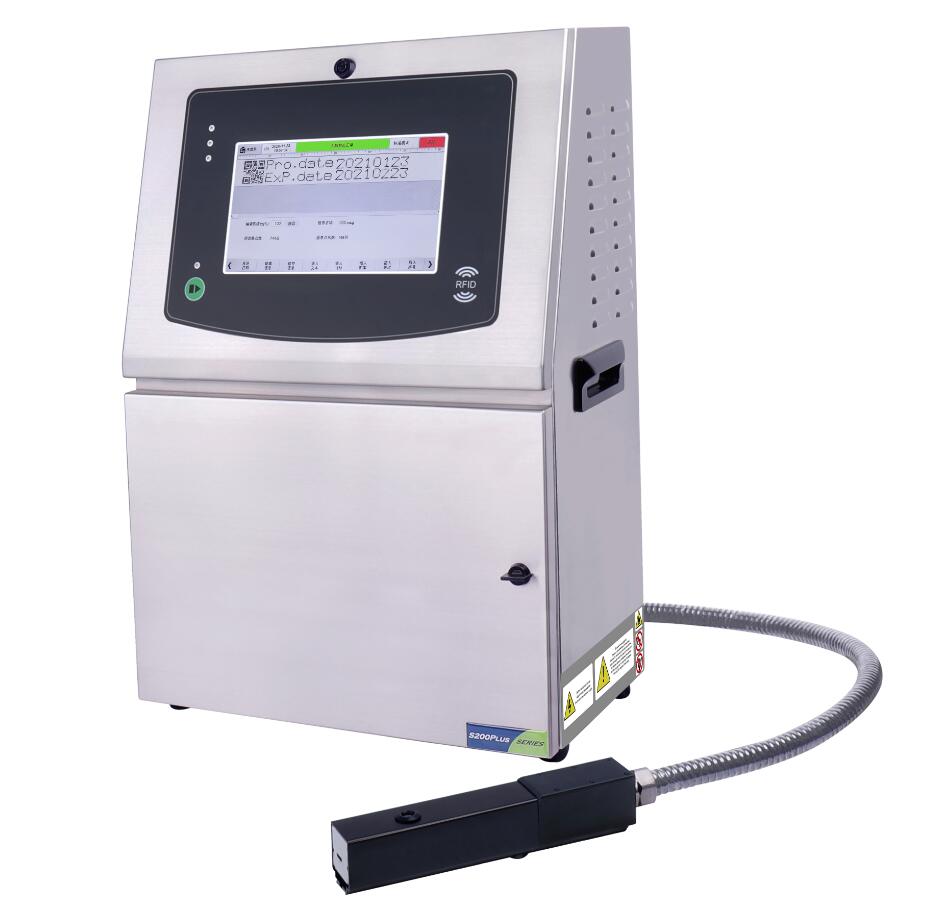As a inkjet printers supplier , I will share it with you.
The Working Principle of CIJ Printers
Continuous Inkjet Printer
CIJ printers operate on the basic premise of creating a continuous flow of ink. And the process begins when two chipped cartridges within the printer. And one for the ink itself, and the other for solvent. These two liquids are then fed to a larger main tank where the mixture becomes pressurized and fed toward the printhead.
After reaching the printhead, a piezoelectric element oscillates the ink, causing it to form droplets. These droplets are then charged by an electrode plate, pushing them towards the substrate in a precise manner.

评论
发表评论